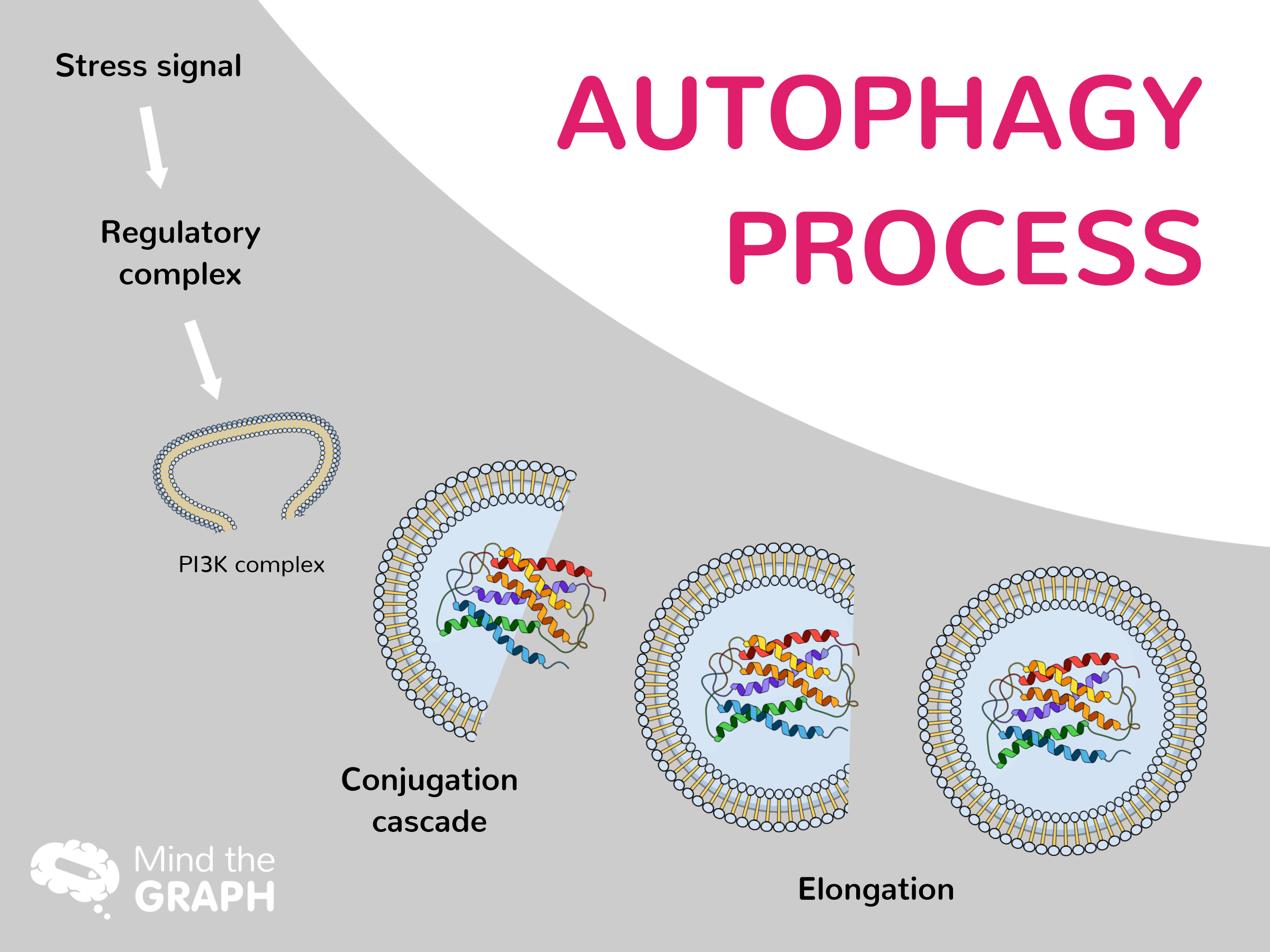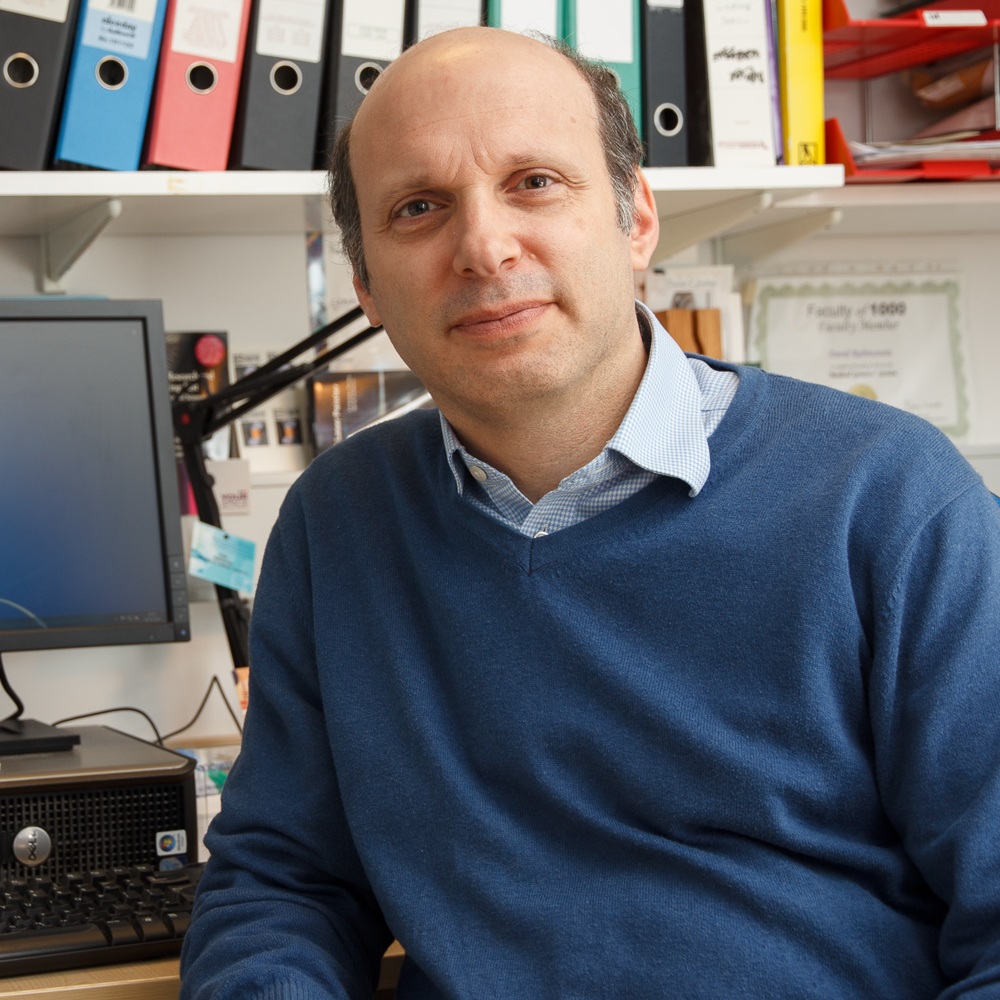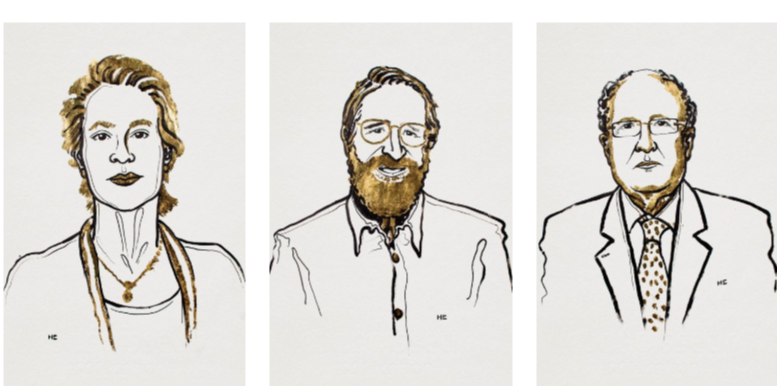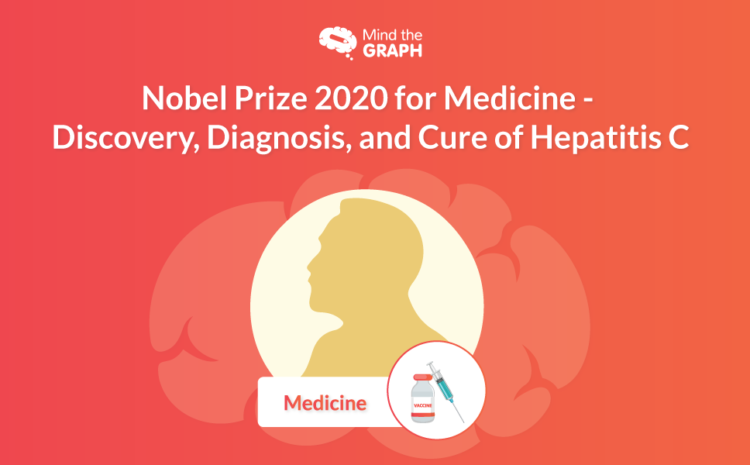The autophagy process is involved in several conditions such as cancer and neurological diseases. It works as the body’s internal recycling programme. However, disfunctional autophagy has been linked to Parkinson’s disease, diabetes, cances and other age-related disorders.
After this little introduction on the importance of the autophagy process, it is no surprise that new discoveries in this field could lead to a Nobel Prize. Indeed, last Monday, the researcher Yoshino Ohsumi won the Nobel Prize in medicine for identifying the first essential genes for autophagy.
“I don’t feel comfortable competing with many people, and instead I find it more enjoyable doing something nobody else is doing. In a way, that’s what science is all about, and the joy of finding something inspires me.” Yoshino Ohsumi
How Ohsumi did it?
In his lab, Ohsumi had engineered yeast strains that accumulated autophagosomes during starvation. This accumutation could only have happened if essential genes for autophagy were inactive. Thus, Ohsumi started manipulating the cells to several gene mutations and managed to induce autophagy.
Autophagy has been around
Even though autophagy has been known for the past 50 years, it was only in the 1990’s with Ohsumi studies that this process importance was recognized.
For his work, Ohsumi already earned some fans:
“I’m very happy he’s got this year’s Nobel prize, it’s very well deserved. His lab mainly works in yeast. They did the initial screens that enabled the discovery of key genes that are involved in autophagy. So many other labs have exploited his discoveries, directly or indirectly, to see why it’s important in diseases.”
David Rubinsztein – deputy director of the Cambridge Institute for Medical Research
“I think it’s very important that this area of science been recognised. The important principle here is going for common mechanisms in disease. It opens up avenues to treating these disorders that are different from more conventional disease-specific approaches.”
Giovanna Mallucci – professor of clinical neuroscience at the University of Cambridge

Subscribe to our newsletter
Exclusive high quality content about effective visual
communication in science.








